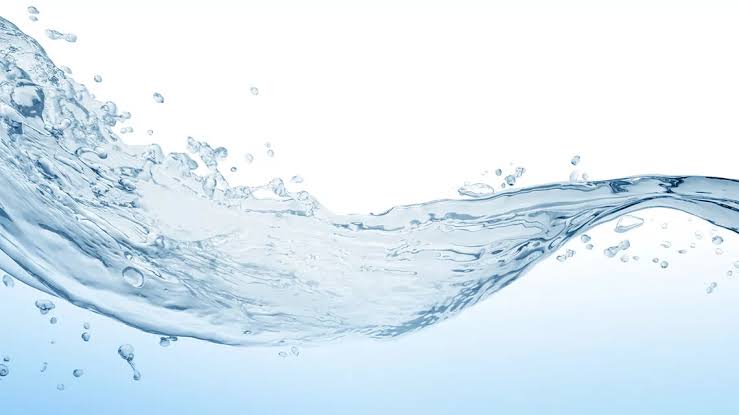
In the face of increasing global water scarcity, smart water management is more crucial than ever. For water conservationists and facility managers alike, understanding how to optimize water supply by monitoring catchment area levels can significantly prevent shortages and ensure sustainable resource management. This blog post explores practical strategies and technologies to help you monitor and manage your catchment areas effectively, thereby safeguarding our precious water resources.
The Importance of Catchment Area Monitoring
Monitoring catchment areas is essential for predicting water availability and managing supply effectively. These areas collect precipitation, directing water into rivers, lakes, and reservoirs. By keeping a close eye on catchment levels, water conservationists and facility managers can better anticipate potential shortages and make informed decisions about water distribution and conservation.
Catchment area monitoring involves tracking various environmental factors, such as rainfall, soil moisture, and water flow rates. By analyzing these data, managers can understand trends, patterns, and anomalies that might affect water supply. This proactive approach helps identify potential issues before they become crises, allowing for timely interventions and adjustments in water management practices.
Advanced technologies, such as remote sensors and data analytics, have revolutionized catchment area monitoring. These tools provide real-time insights into water levels, enabling more accurate predictions and enhanced decision-making capabilities. By leveraging these technologies, managers can optimize water usage, reduce waste, and improve resource allocation.
Leveraging Technology for Efficient Water Management
The integration of technology into water management has opened up new possibilities for efficiency and precision. Automation Products Group (APG) offers a range of innovative solutions that help monitor water levels and automate control systems, ensuring optimal resource use and preventing waste.
Technological advancements, such as IoT sensors and smart meters, offer real-time data on water consumption and detect leaks or irregular usage patterns. This information allows facility managers to quickly identify problems and implement corrective measures, minimizing water loss and ensuring a consistent supply.
Data analytics plays a crucial role in water management by providing actionable insights into consumption patterns, demand forecasts, and system performance. By analyzing historical and real-time data, managers can optimize water distribution, adjust usage according to demand, and implement targeted conservation strategies.
Understanding the Role of Water Conservationists
Water conservationists play a vital role in promoting sustainable water management practices. They advocate for efficient water usage, implement conservation programs, and educate communities about the importance of preserving this valuable resource. By working closely with facility managers and leveraging technology, conservationists can develop tailored strategies that address local water challenges.
Conservationists also focus on raising awareness about water scarcity and encouraging responsible water use among individuals, businesses, and industries. Through educational campaigns, workshops, and community engagement, they inspire people to adopt water-saving habits and make informed choices about their water consumption.
Collaboration between conservationists and facility managers is key to achieving sustainable water management goals. By sharing knowledge, resources, and best practices, these professionals can work together to develop comprehensive strategies that optimize water supply, reduce waste, and protect our environment.
Practical Tips for Optimizing Water Supply
Optimizing water supply requires a combination of planning, monitoring, and technological innovation. Here are some practical tips to help you achieve this goal:
- Conduct regular assessments of your catchment areas to identify potential risks and opportunities for improvement. This includes evaluating environmental factors, such as rainfall patterns and soil conditions, as well as infrastructure components like reservoirs and pipelines.
- Implement real-time monitoring systems to track water levels, flow rates, and consumption patterns. By gathering and analyzing this data, you can make informed decisions about resource allocation, demand management, and conservation measures.
- Leverage automation technologies to streamline water management processes and improve efficiency. Automated systems can help detect leaks, control valve operations, and adjust water distribution based on demand, reducing waste and ensuring a consistent supply.
- Engage with stakeholders to promote water conservation and raise awareness about the importance of sustainable resource management. This includes collaborating with local communities, businesses, and government agencies to develop and implement effective conservation initiatives.
Smart water management is essential for addressing the challenges of water scarcity and ensuring a sustainable future.
By monitoring catchment area levels, leveraging technology, and working collaboratively with conservationists and facility managers, we can optimize water supply and prevent shortages. Implementing these strategies not only benefits individual organizations but also contributes to the broader goal of preserving our planet’s precious resources.
For those interested in further exploring cutting-edge solutions, consider partnering with industry leaders like Automation Products Group (APG) to enhance your water management capabilities.
